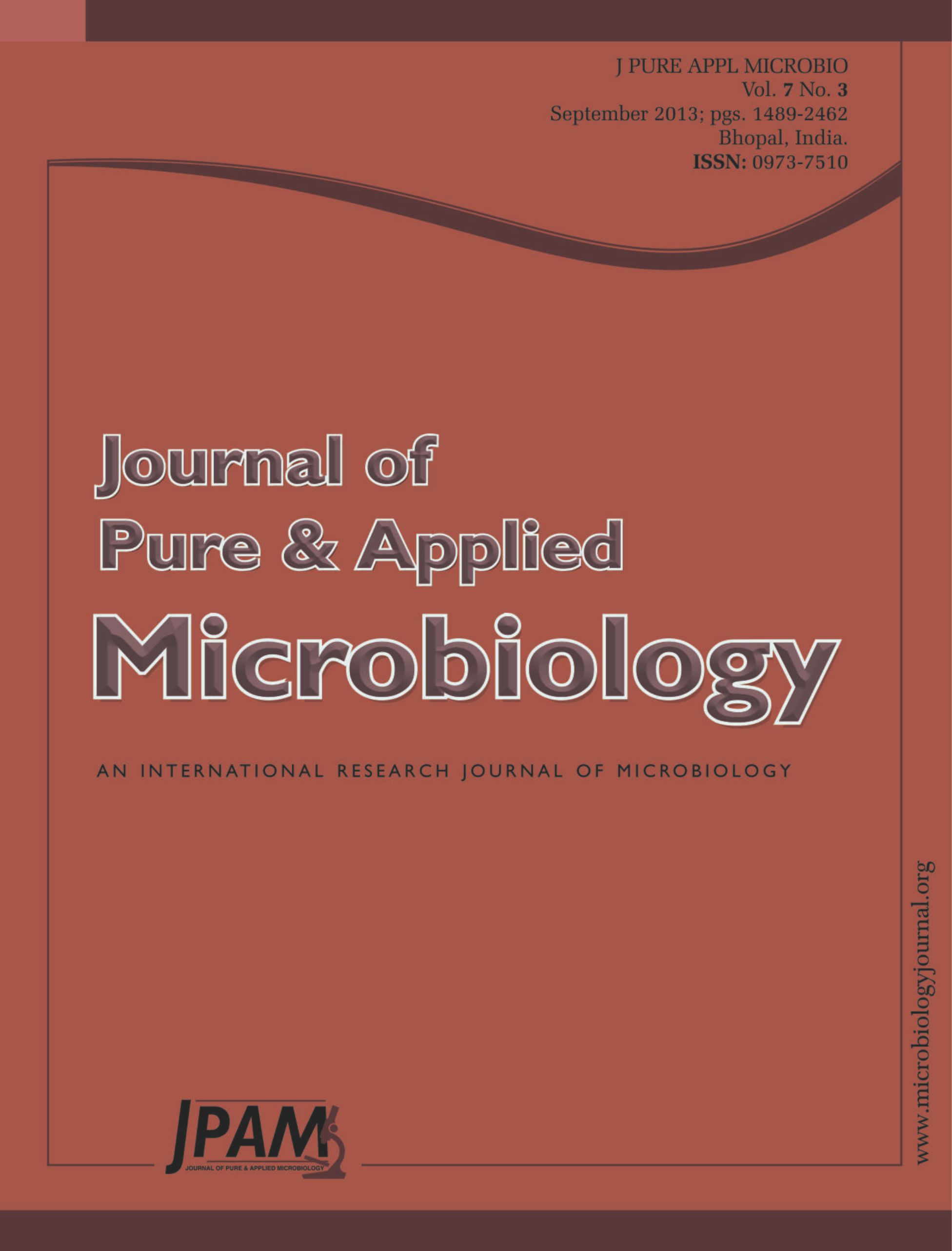Natural biocidal products produced by plants are the major source of bioactive substances with strong pharmacological action and less cytotoxicity. The antibacterial activities of the alkaloid extracts of the leaves of Conocarpus lancifolius Engl. were bioassayed against certain plant and human pathogenic bacteria; Bacillus cereus, Bacillus subtilis, Staphylococcus aureus, Pseudomonas aeruginosa, Serratia marcescens, Agrobacterium tumefaciens and Erwinia amylovora. The inhibition zones were ranged between 10-17 mm and the MICs were between 10 and >200 µg/mL. Alkaloidal extract of C. lancifolius was active at all concentrations tested (5-200 µg/mL) against the studied bacteria except E. amylovora. he result suggests the applications are also growth promotive and cost effective and non-hazardous in agro-ecosystem. Further work should be done to elucidate the valuable of C. lancifolius as a source of antibacterial for human and plant health.
Conocarpus lancifolius, antibacterial activity, alkaloid extract
© The Author(s) 2014. Open Access. This article is distributed under the terms of the Creative Commons Attribution 4.0 International License which permits unrestricted use, sharing, distribution, and reproduction in any medium, provided you give appropriate credit to the original author(s) and the source, provide a link to the Creative Commons license, and indicate if changes were made.


